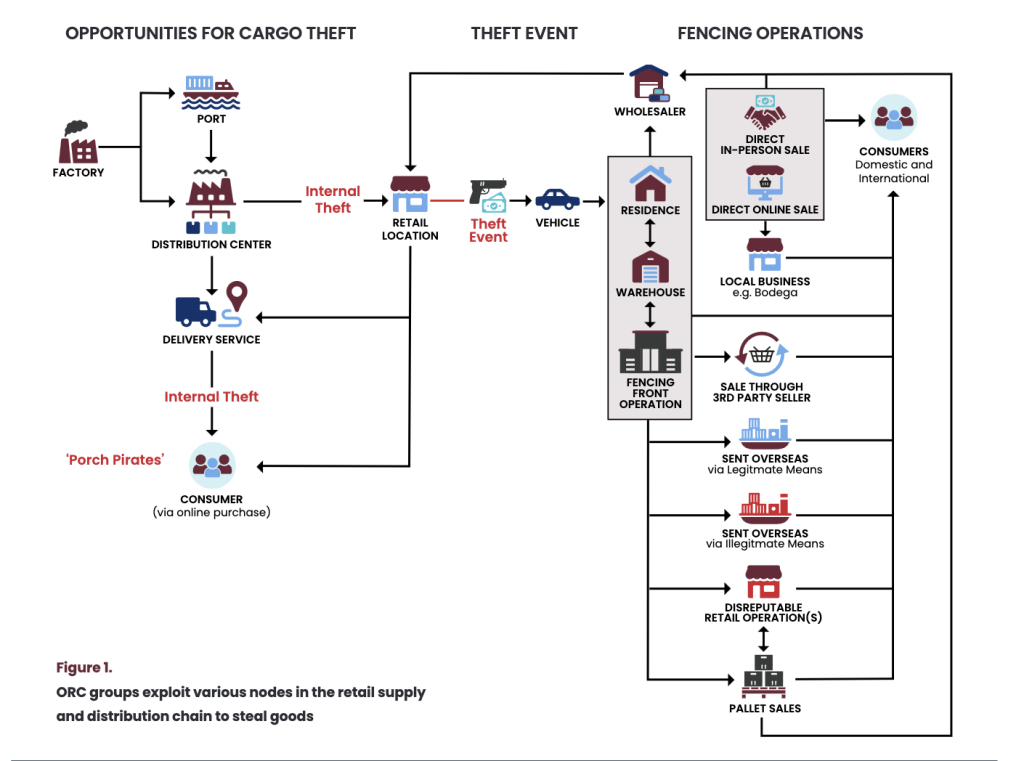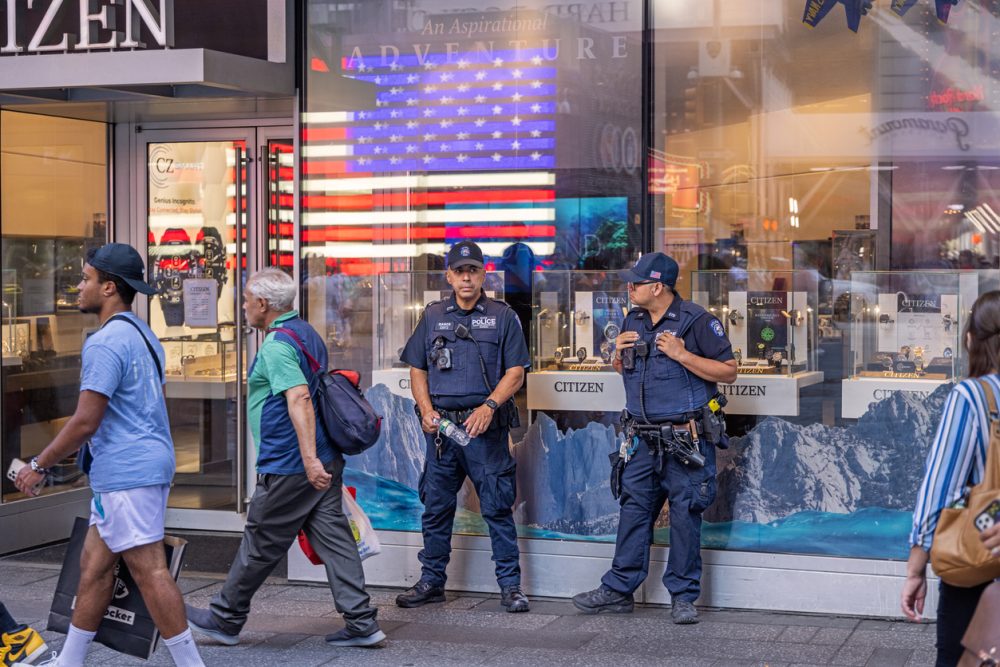Politics and sports go hand-in-hand as two of the most controversial conversation topics at any family gathering. Both have the power to drag otherwise tight-knit families down the rabbit hole of heated – and sometimes personal – debate.
If that sounds familiar to you, I’ll let you take solace in the fact that you don’t spend your Thanksgivings going back and forth between Columbus and Ann Arbor – I promise it can’t get much more heated than that.
The difference between politics and sports is that the latter is designed to create winners and losers while the former just makes everyone feel like they’ve lost.
Bit of a pessimistic outlook right? It is, but it doesn’t have to be that way. In today’s day and age where identity politics run so rampant, it’s easy to forget that the whole point of the government is to solve challenges for the country.
So yeah, all that to say we’re getting into politics in this article. But, don’t worry, I think retailers from Kansas to California will all be able to agree that organized retail crime needs to be stopped.
So, put the pitchforks away because we are all on the same team here. Back in February, a bipartisan team of Representatives introduced the “Combating Organized Retail Crime Act of 2023,” which proposes the establishment of a new branch of law enforcement under the Department of Homeland Security named the “Organized Retail Crime Coordination Center.”
According to the “Organized Retail Crime: An Assessment of a Persistent and Growing Threat” report released last week by the National Retail Federation, retail crime costs the economy nearly $100 billion a year. The problem only appears to be getting worse with 70 percent of retailers expressing the belief that the threat from organized retail crime (ORC) has been increasing over the last five years.

In this case, perception and reality are pretty consistent. In 2021, the number of reported ORC incidents grew by a staggering 26.5 percent. It’s not surprising that technology, which is valuable, desirable and easily portable, was the most frequently targeted sector.
ORC is a tough crime to combat because it can take many forms. According to the NRF, only 16 percent of organized retail crime is conducted via violent methods such as “smash-and-grab, use of firearms or other weapons, battery, flash mob tactics, or threats of violence against store employees or customers.” This means that a significant portion of ORC comes through more subtle means such as large-scale return fraud or via the supply chain such as at ports, rail hubs, truck stops, or warehouses.
One of the main issues with ORC is that it is extremely difficult to control the resale of goods. Person-to-Person eCommerce channels such as Facebook Marketplace and Craigslist are tough to regulate and even tougher to police. Data from the same NRF report suggests that between Facebook Marketplace and Craigslist, nearly 13 percent of search results related to the “New With Tag” keyword were suspected of being tied to ORC.
In regards to the bill, Congressman Ken Buck from Colorado said in a press release: “I’m confident that the bipartisan Combating Organized Retail Crime Act will help our law enforcement officials stop future crimes, recover stolen goods and property, and punish those responsible. There is still much we don’t know about the depths of these criminal organizations, this bill would help us get to the bottom of it.”
Though the bill has yet to be ratified into law, It is safe to say there is a clear need for the development of a dedicated task force to investigate ORC.
Have you or your business experienced retail crime? We want to hear your stories. Please reach out with your story to samhitt@ctlab.media with the subject line “Retail Crime.”















